WASHINGTON (Army News Service, July 18, 2008) - Maj. Gen. Alexander Macomb, who won acclaim during the War of 1812 and who served as the second commanding general of the Army from 1828 until his death in 1841, was reburied Thursday with his wife, Catherine, at the Congressional Cemetery in Washington, D.C.
Macomb was originally interred at the cemetery with a towering, ornate 13-foot-tall, 14,000-pound monument marking his vault. When the monument started leaning, the Department of Veterans Affairs National Cemetery Administration and the National Park Service stepped in to repair the damage. Archaeologists from the Smithsonian excavated the site last month, opening the lead liner of the coffin to study the contents which were largely intact as the vault was restored.
According to Sara Amy Leach, a senior historian with the National Cemetery Administration, the VA manages almost one-half acre of property at the cemetery which contains 168 cenotaphs (monuments or markers) that date to the mid-19th century. She said many cenotaphs are just markers but don't have a grave beneath them, but in Macomb's case there was a brick vault which was heavily damaged and now rebuilt.
"Many are in poor condition and needed to be cleaned and repaired, so we funded a $1.75 million project to do that which was started in 2006 and will be completed by this fall," she said. "The work has been done by the Historic Preservation Training Center of the National Park Service who are fabulous experts in traditional building materials, so they got the same stone, or look-alike stone if it was hardier, and they've been working on the cenotaphs and most recently on the Macomb cenotaph."
Guest speaker Maj. Gen. William T. Grisoli, commander of the Corps of Engineers North Atlantic Division, spoke to a small audience of Macomb descendants, VA and National Park Service guests telling them how Macomb, who was commissioned on 1802 in the Army Corps of Engineers, had selflessly served the Army and the nation in the same way Soldiers do today, more than 200 years later.
Macomb became an Army hero at the Battle of Plattsburg on Sept. 11, 1814 when as a brigadier general he led a force of 1,500 regular troops and detachments of militia against nearly 11,000 British troops on the northern New York frontier. Macomb was able to deceive the British into believing he had a larger force than he had. Macomb also camouflaged roads into dead ends causing disorientation among the British. His actions bought time for the Americans to defeat the British Navy at Lake Champlain. The naval victory forced the British Army to retreat into Canada. Macomb was promoted to major general and awarded the Congressional Gold Medal, the highest civilian honor bestowed by the United States legislature.
At the close of the War of 1812, the general was reassigned to Detroit and then to Washington where he served as chief of the Corps of Engineers from 1821 until 1828. During that time he administered the start of federal river and harbor improvements.
In 1828 Macomb was selected as the second commanding general of the Army, a position he held until his death in office in 1841. He was best known for his work on creating the standards for court-martials and credited for negotiating the authority for the Army to promote within itself, rather than through civilian lawmakers and government officials.
Macomb and his wife, Catherine, who he married in 1806, had nine children. Catherine died shortly after giving birth to their 10th child in 1821 while Macomb was commander of the Corps of Engineers.
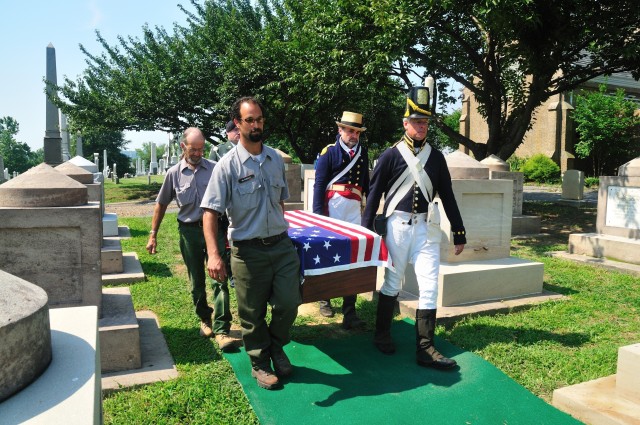
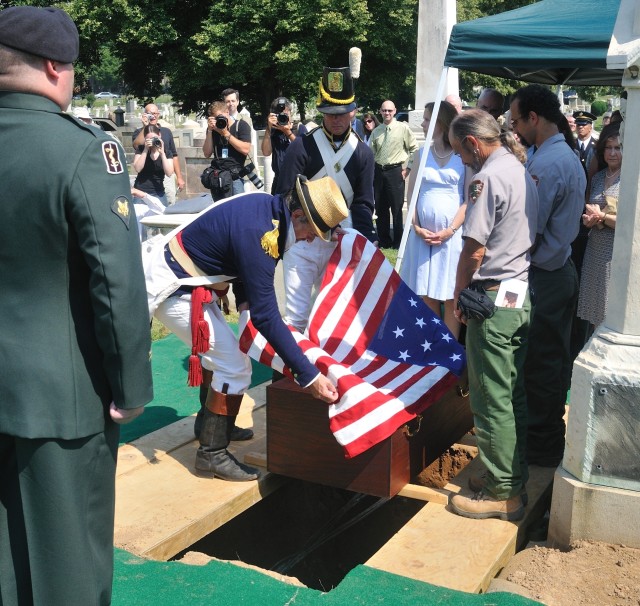
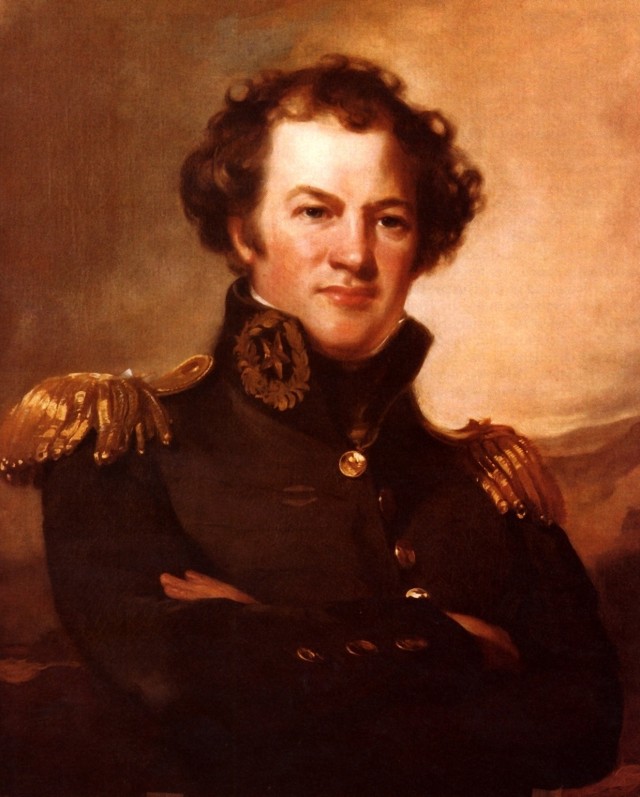
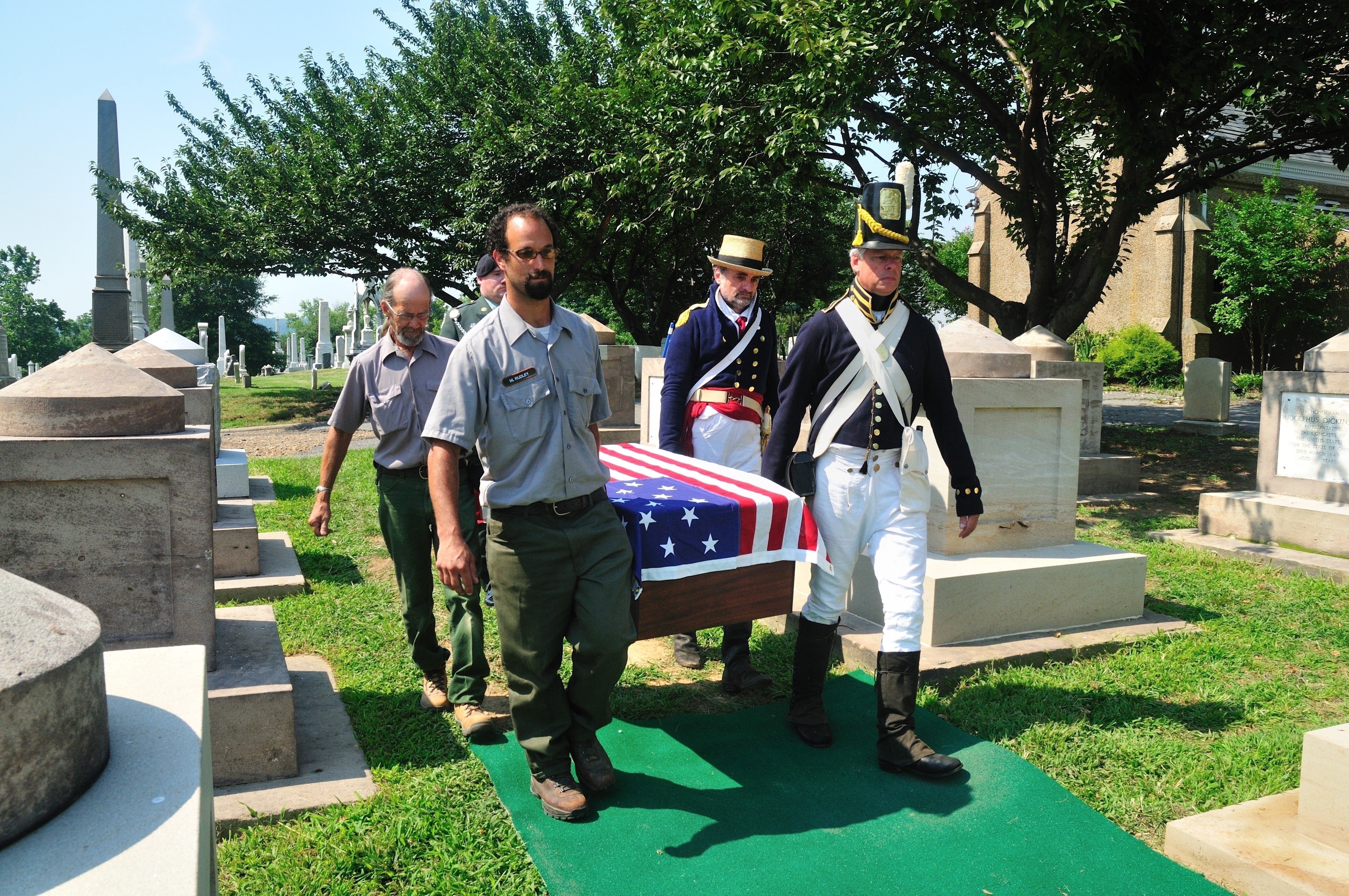
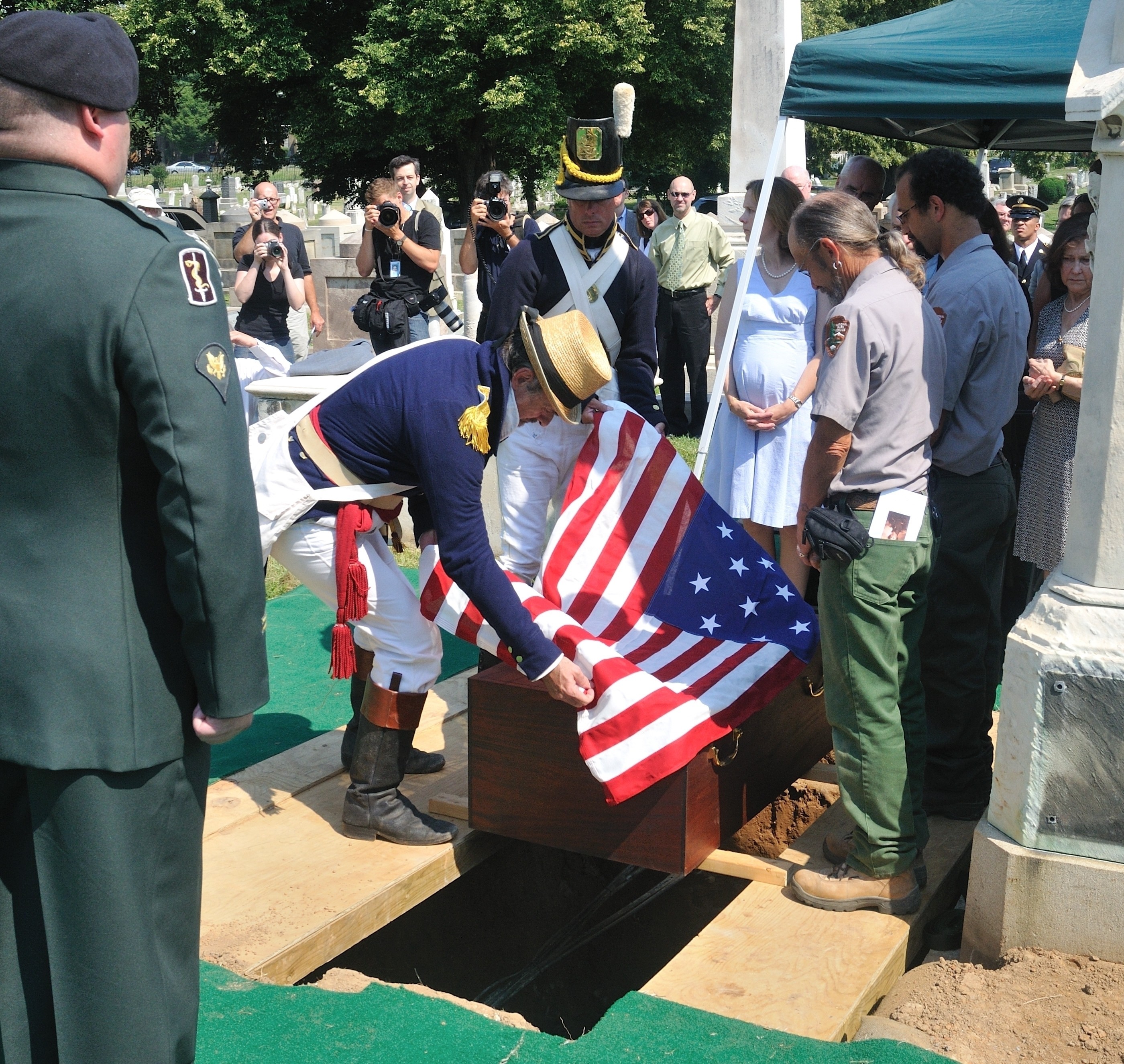
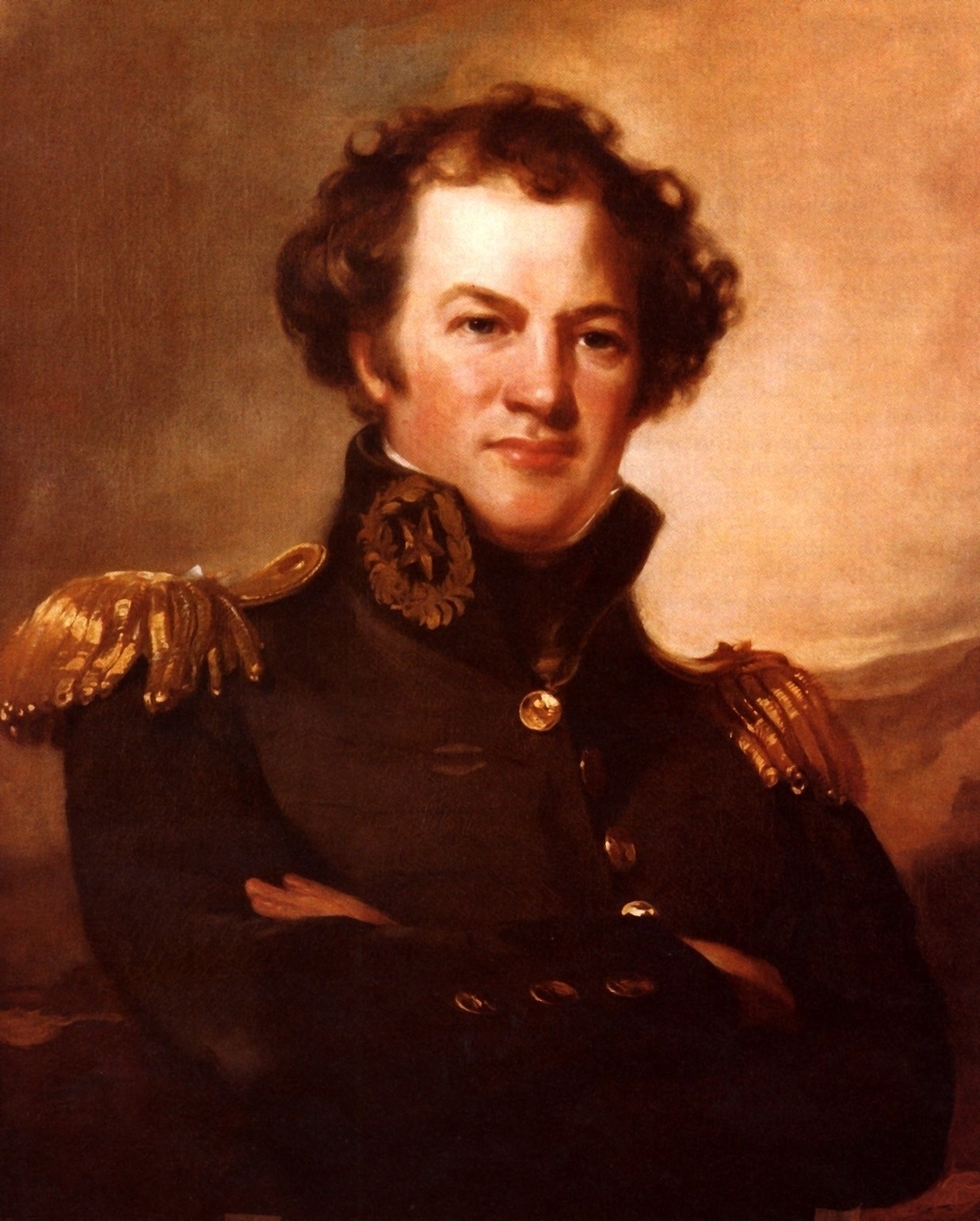
Social Sharing